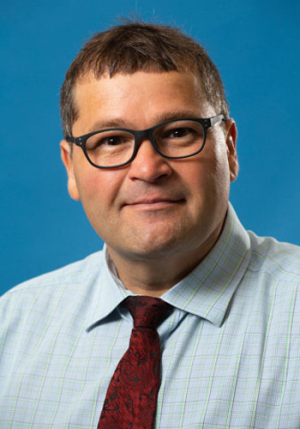A professor with the University of Houston Cullen College of Engineering is developing an imaging device that could increase the success of patients attempting to have children through in vitro fertilization.
Kirill Larin, assistant professor of biomedical engineering and mechanical engineering with the college, is conducting this research in partnership with Michael Allon, a Houston-based doctor specializing in fertility issues. Their work is supported by a two-year, $250,000 grant from the Wallace Coulter Foundation, which specializes in funding translational research, i.e. research designed to move a technology from the lab to its use in real-world situations.
Larin and Allon are developing a non-invasive, laser-based device designed to determine which embryos are most viable, and therefore the best candidates for implantation in a patient.
In the early hours and days after an embryo forms, it passes certain benchmarks that signal its viability. For example, the point in time when the first cellular division occurs and the amount of calcium an embryo absorbs from its surroundings are key indicators of an embryo’s chances to fully develop.
Larin is developing a device that uses a harmless laser radiation to find commonalities in these checkpoints among viable embryos. “The device exposes the embryo to a very-low-power laser beam, then looks at the optical signatures of the reflected light. We’ll then relate those signals to certain checkpoints of development to see if a pattern emerges among embryos that are viable,” said Larin. If successful, the device could be used to determine which embryos to implant in an IVF patient.
The result, Larin said, could dramatically increase the success of in vitro fertilization procedures, reducing the number of miscarriages of fetuses conceived through in vitro fertilization and enabling more women to carry such children to full term.
Now entering the second year of the grant, Larin has designed and constructed the device, and will begin testing using sea urchin embryos in the coming weeks. If this stage of the project shows that the device performs as intended, he will apply for an additional round of clinical funding from the Wallace Coulter Foundation for tests on human embryos.
